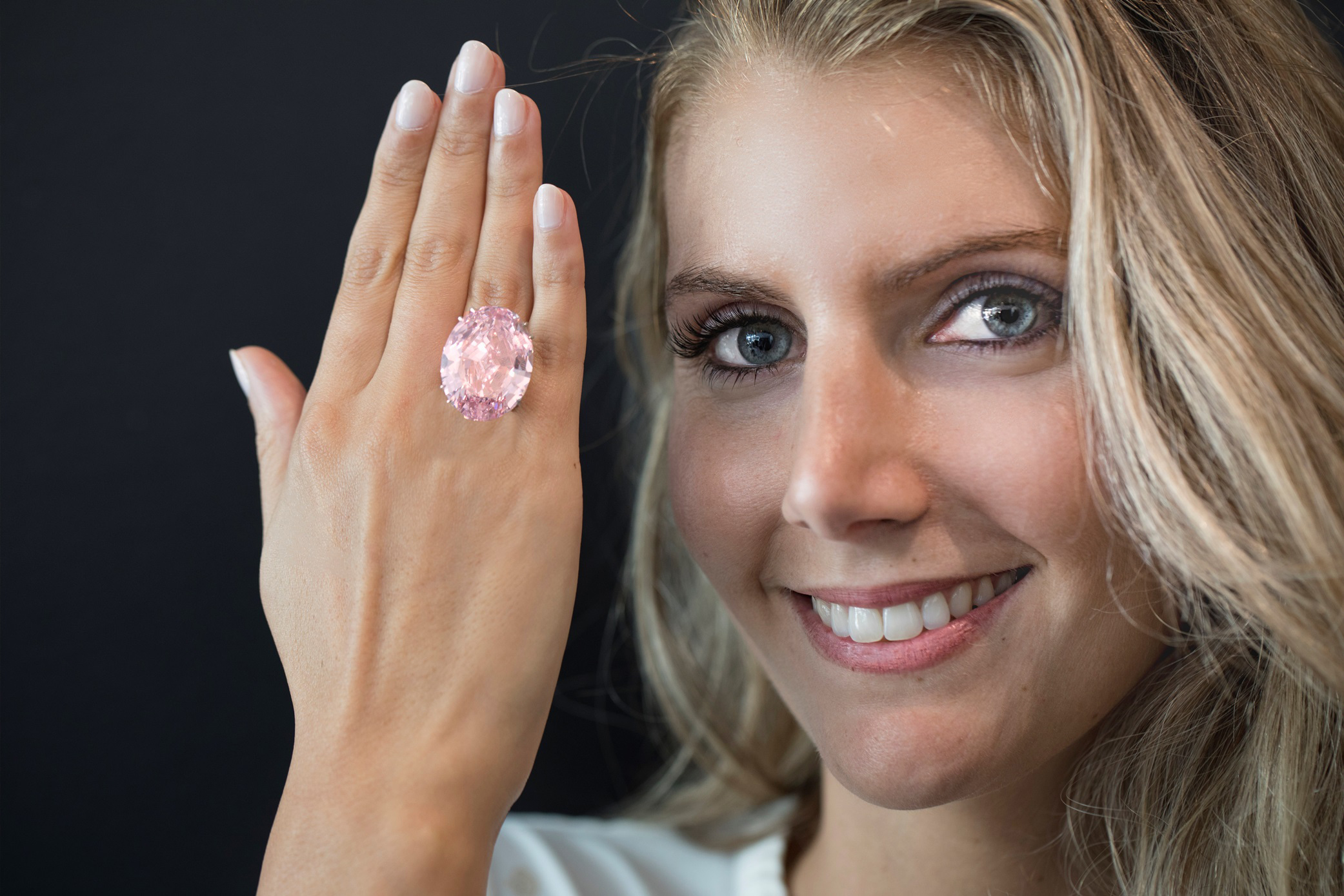
Collect the Jewels: Hottest Designers Revealed
November 3, 2017
OUT NOW
December 2, 2017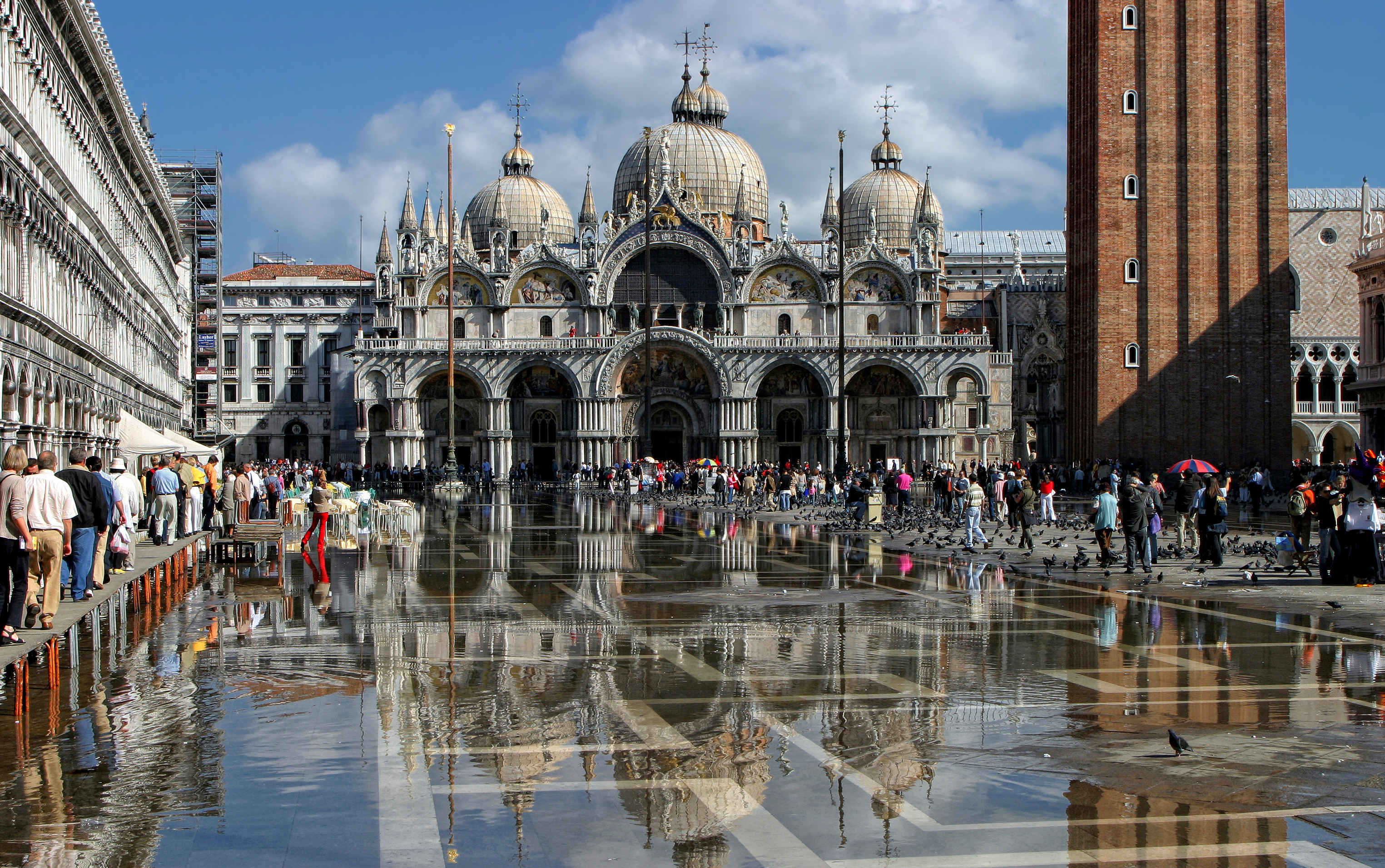
Tiziana Leopizzi delves a little deeper into our cover theme. She argues that, more than ever, bling is trivial and art is eternal.
Living in luxury and opulence is certainly the way to go for somebody who gets satisfaction by ensuring that every whim can be indulged in and met.
Can’t get no satisfaction?
You often can’t get satisfaction this way in the long term. If the purpose of owning something is only to outdo others and create a distinction between the owner and the rest of the people he or she mixes with, that gratification on purchase is only likely to be a temporary position.
The story is the same whether one’s chosen object of desires are the most expensive jewels in the world, the best artworks, animals like racehorses, or maybe supercars. You enter into the field of competition and in any race “keeping up with the Joneses,” the winner rarely stays in that position forever.
In times gone by, creating a sensation was a job best achieved by poets, writers and painters. The motivation was always the same though: to own something that others cannot, and to leave that legacy to posterity.
A bicycle decorated with real butterfly wings lacquered onto its frame created by Damien Hirst is something unusual (well, unique; there is only one and sold for charity). It makes most sense to buy it if you think he is a good artist, or even an artist. But if you see Hirst more like a man on the desperate hunt for applause to massage his ego, you might think again. And I am afraid that to me, Hirst isn’t the only one. Just think about those “maso artists” as I call them, willing to torture themselves in any form and shape to reach some kind of notoriety.
The false feelings and empty emotions that this type of “art” can create are destined to bore people. They are lacking in that passionate poetry that a real piece of art can give.
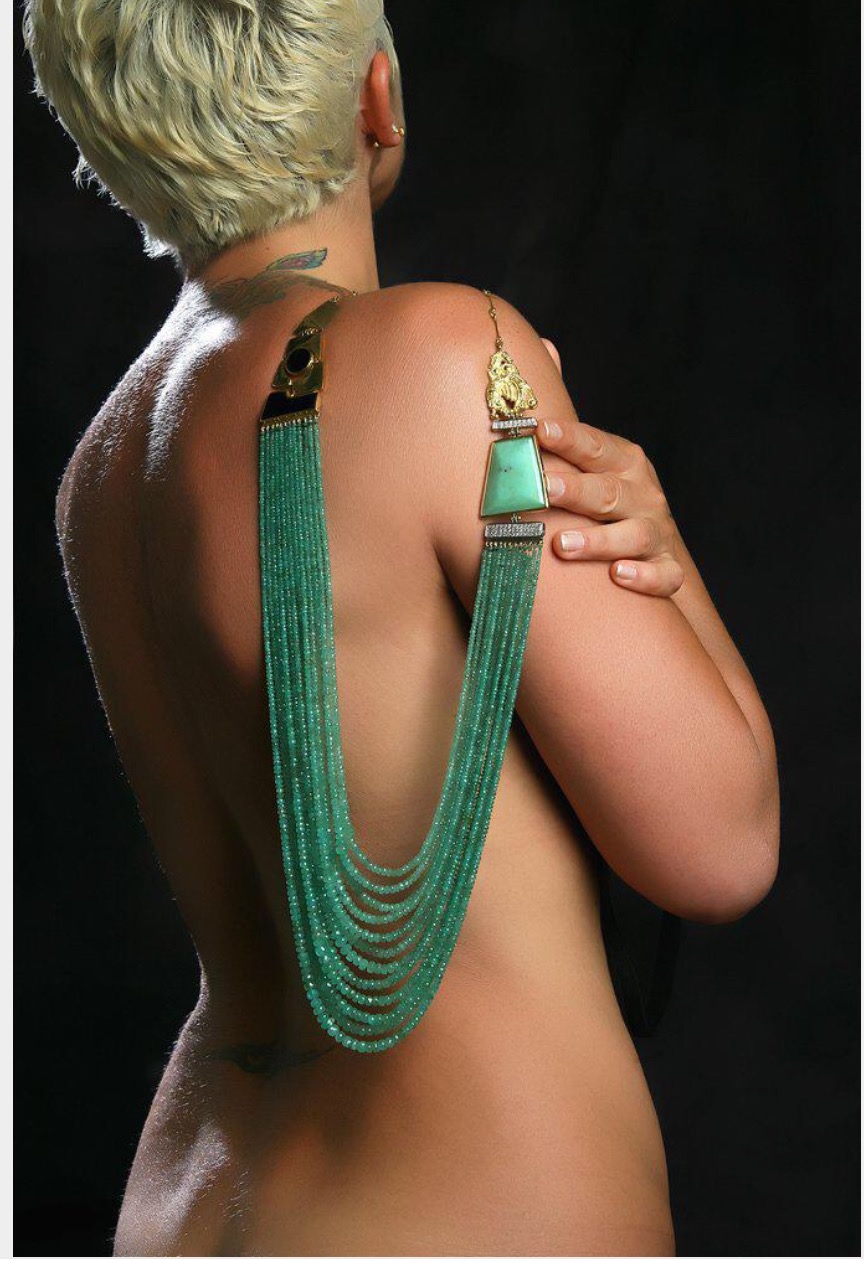
Silvano Zanchi
On the other hand, there are artists such as Silvano Zanchi, an Italian goldsmith who makes jewellery as sculpture. He combines craftsmanship and emotional sensibility to produce exclusive works that can be classed as both luxury and art.
We all love beauty and harmony. It is intrinsic in our DNA to be mesmerised when admiring, say, St Mark’s Basilica or Michelangelo’s Sistine Chapel. Art has always been a great writer of history, telling us much about the lives and secrets of the people that commissioned and made a specific work.
Commissioning an artwork is itself an expression of luxury. It is often an expensive item which isn’t strictly necessary. However, there is more to it. A particular work is destined to express emotion and desire. It therefore reflects not only the artist who made it but the person who supported him.
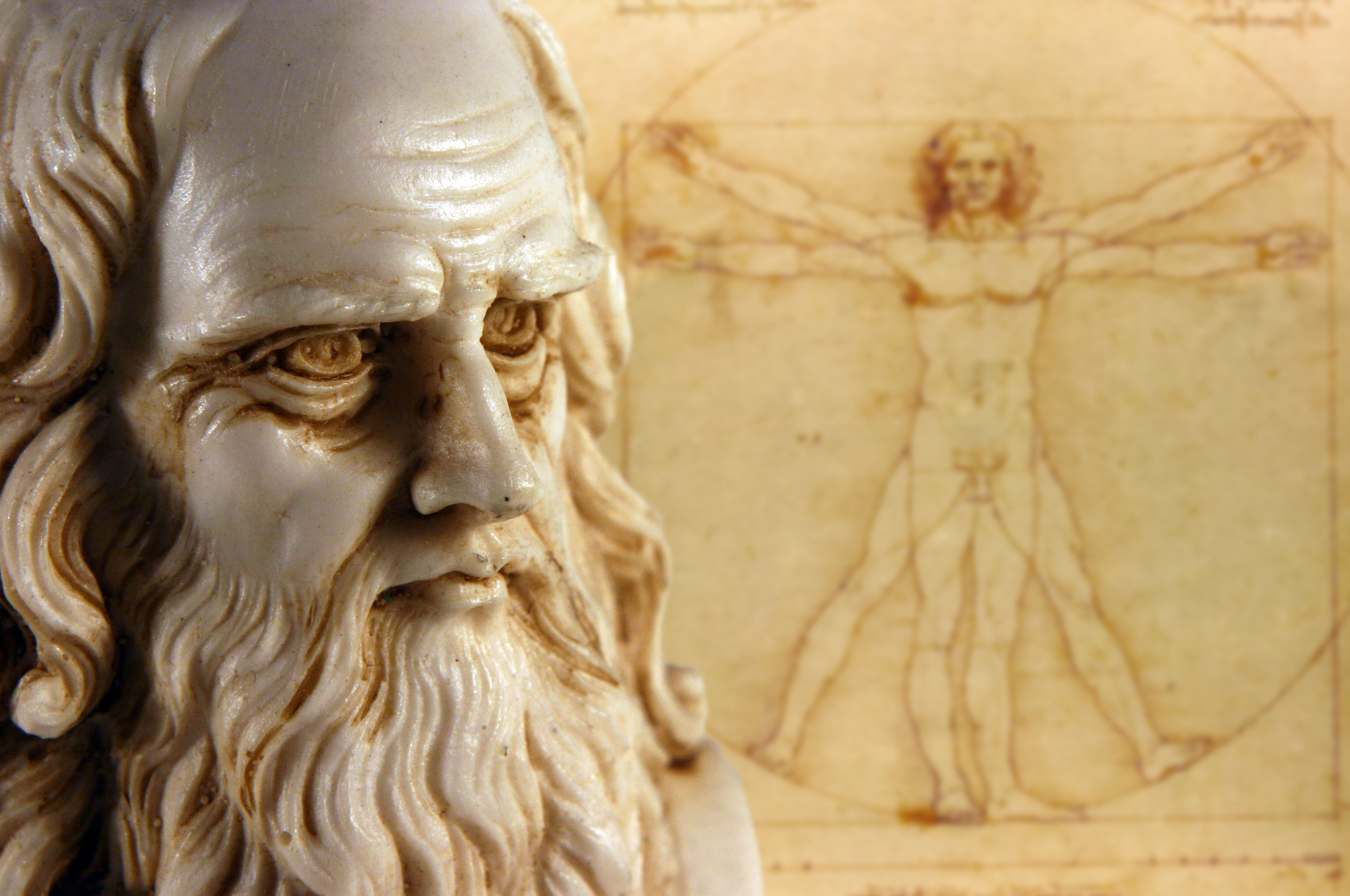
Leonardo da vinci, one of the greatest mind in the humanity
This partly explains why popes, princes, kings and emperors – aristocrats in general – have competed over the centuries to sponsor and nurture the work of artists. Things started to explode in the Renaissance, a subject close to this magazine’s heart, with artists such as Leonardo, Michelangelo, Raphael, Donatello and Brunelleschi, who created work that has proved almost timeless and priceless. Many artists have always loved doing what they do for money, pleasing a patron and making an “oh wow” piece that isn’t accessible to everybody. This is a definition of “luxus” and means we can enjoy luxury of the past even today.
Sir Ernst Gombrich, author of the most translated book on the history of art (The Story of Art), stated that art in general is created to communicate values that luxus and opulence can only aspire to at best. And then only for a limited time.
It can be argued that those who commission works make up a healthy category of people who understand art, and know it is an exceptional instrument to leave a tangible sign of themselves with portraits and sculpture. Ars longa, vita brevis.
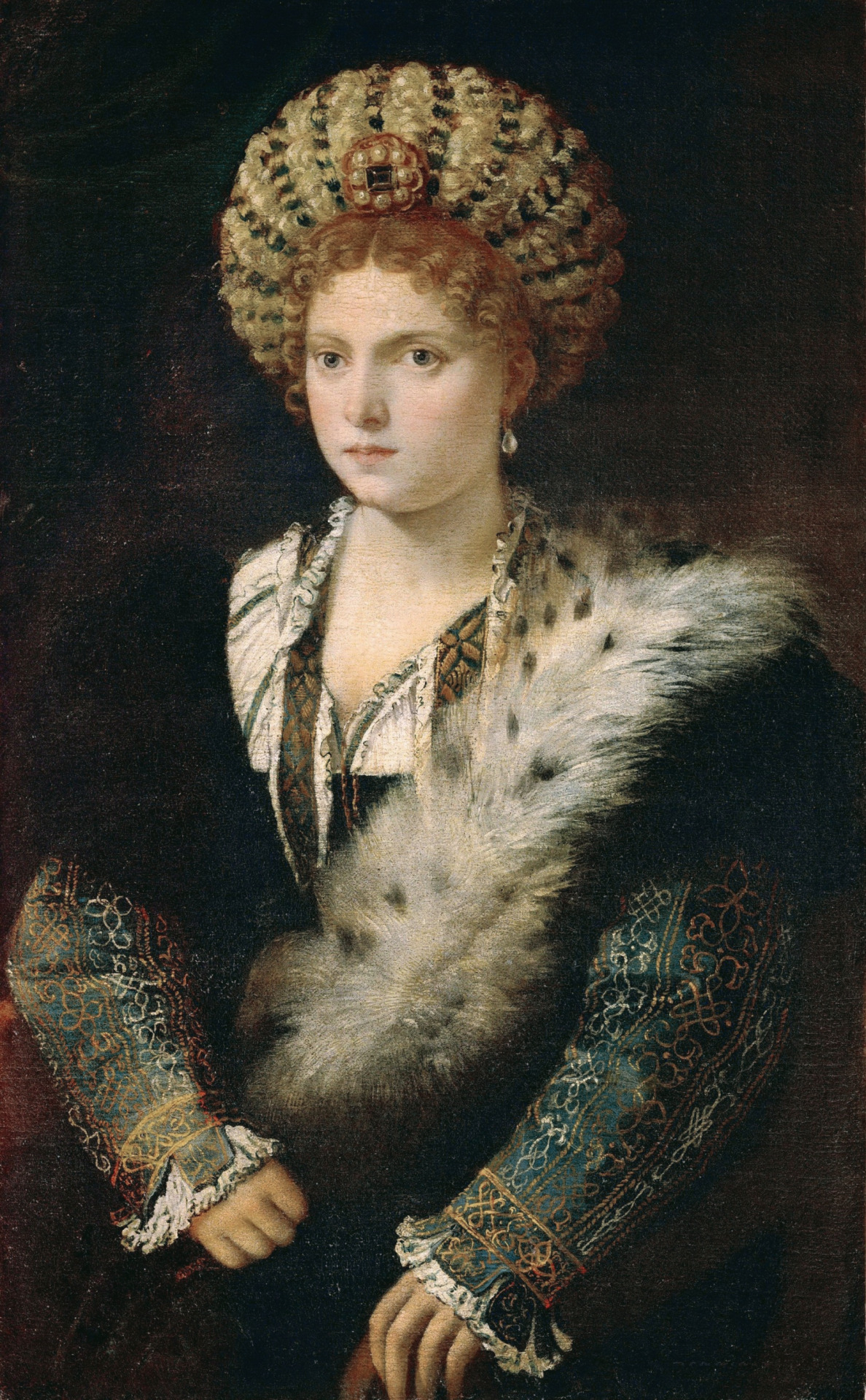
Isabella D’este
Just think about how the Roman Catholic church has used art to be able to enhance the glory of Christ. Breath-taking elite art was the best way to communicate with the illiterate masses and convey a message for the kingdom of glory with beauty. The same methodology was followed by other historic figures that celebrated their achievement commissioning art work.
Isabella d’ Este, besides being passionate about beauty, was famous for commissioning paintings to send secret messages to her interlocutors to avoid being spied on. Meanwhile Lorenzo ‘the Magnificent’ Medici made his court a laboratory of art. He sent his artists, who included Leonardo and Botticelli, all over the European courts where he had the intention of opening a constructive dialogue.

Lorenzo De Medici
Leaving to posterity a sign of personal identity is not only a sign of your own egocentric gratification. Patronage can also be altruistic. It is a tribute toward society “so that people can enjoy,” in the words of Maria Luisa de Medici, one of the most celebrated women with a valuable legacy associated with the city of Florence.
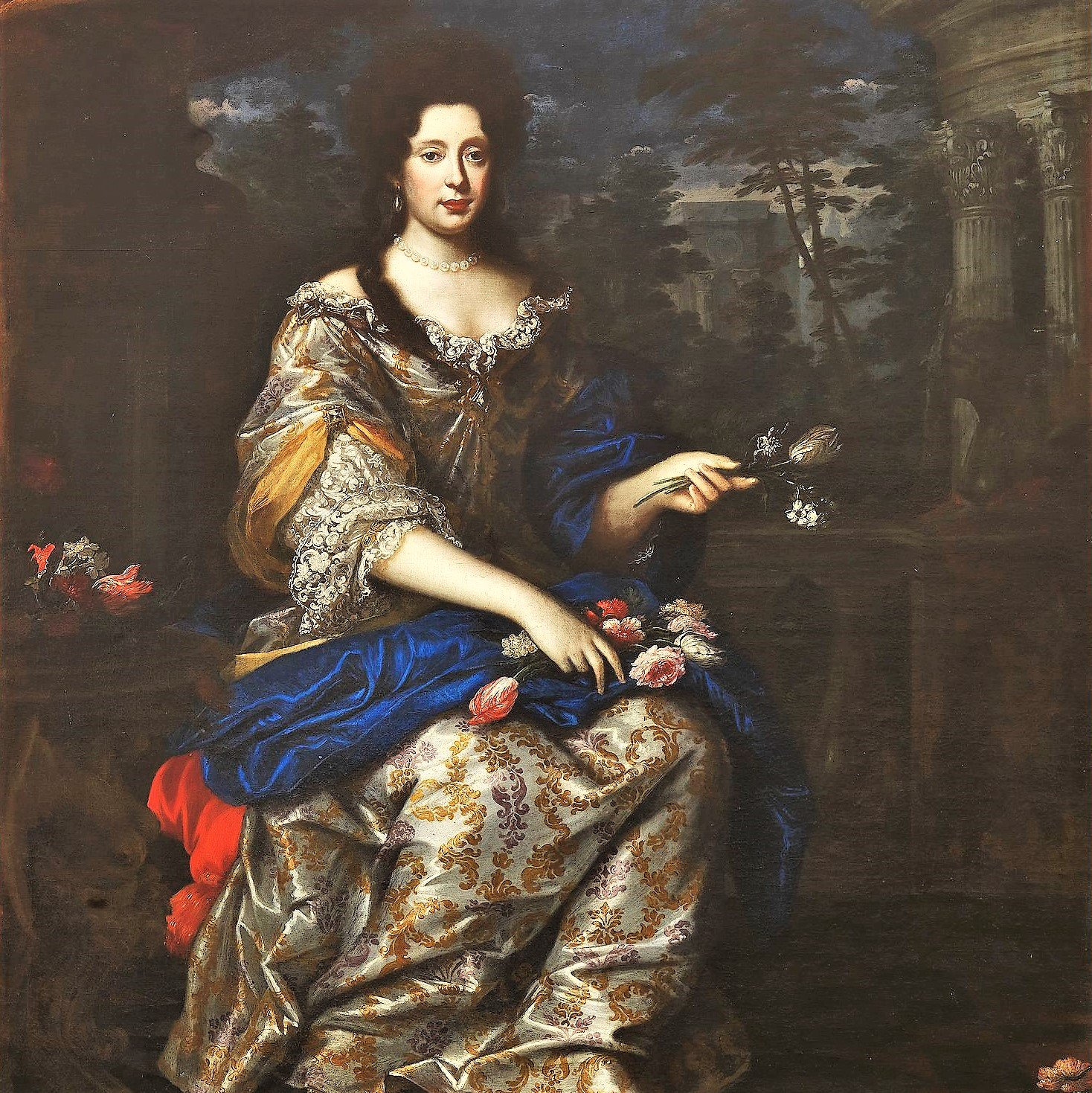
Maria Luisa De Medici
Having toilet paper made of gold might have the effect of impressing others but once you have clean your butt with it what else? And, sure, a tap made of gold in your bathroom or a watch full of diamonds can surprise people. But an art gallery full of paintings and sculpture or in your own space, whether that is a boat, garden or an office, can be so much more uplifting and inspire talk about art criticism and appreciation not commercialism,
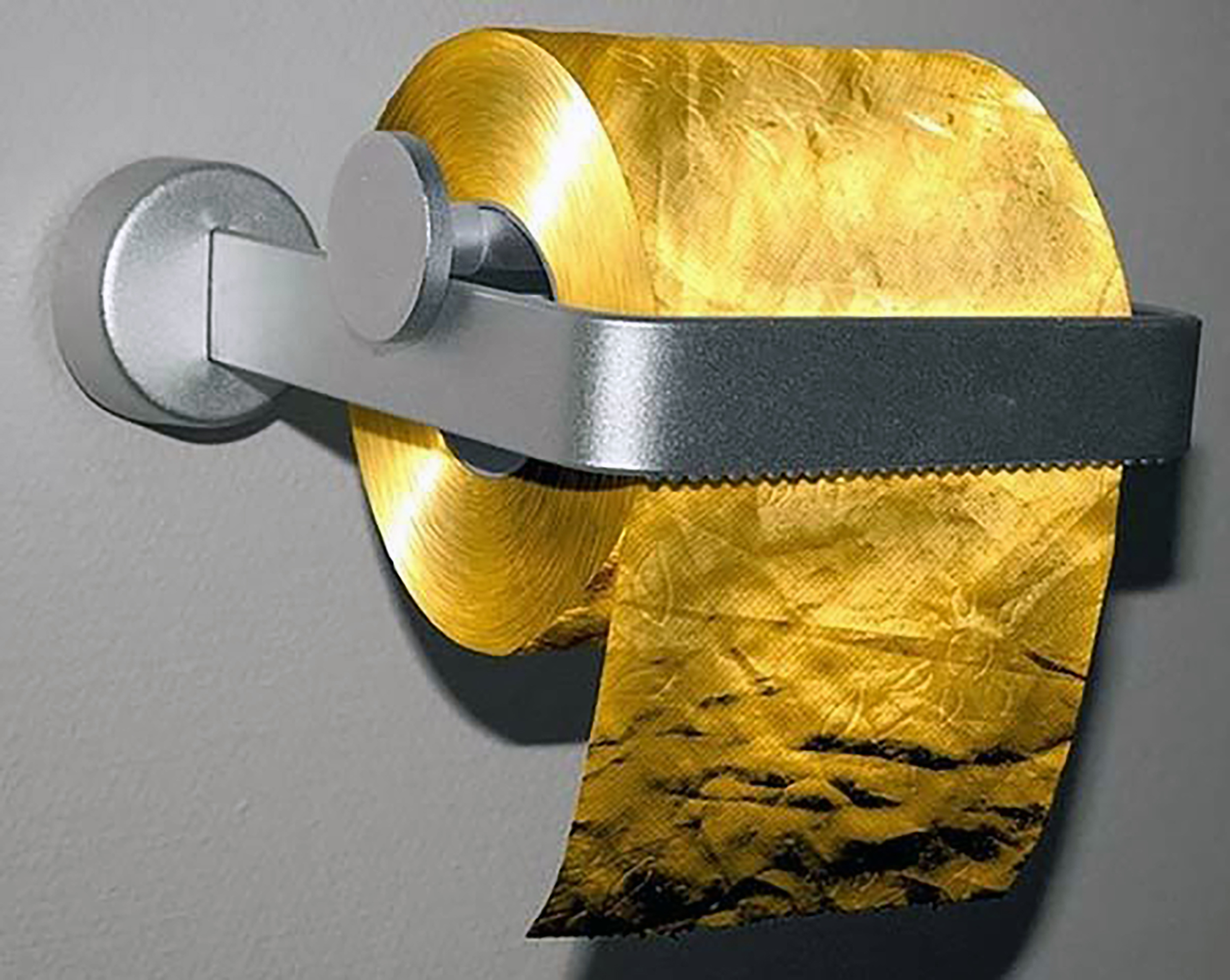
Things have changed. Today the commissioner has found in the new entrepreneur a safe port, a starting point to establish one’s name and to leave a place in history.
Besides giving the artist something, they give the commissioner something back. There is the pleasure of enjoying something beautiful that before did not exist. Then there is the awareness that in time it will increase its value. It will not get old and out of fashion. This is the ultimate luxus.
Tiziana Leopizzi is an architect and journalist. She is responsible for Ellequadro Documenti, an international archive of information on contemporary art.



